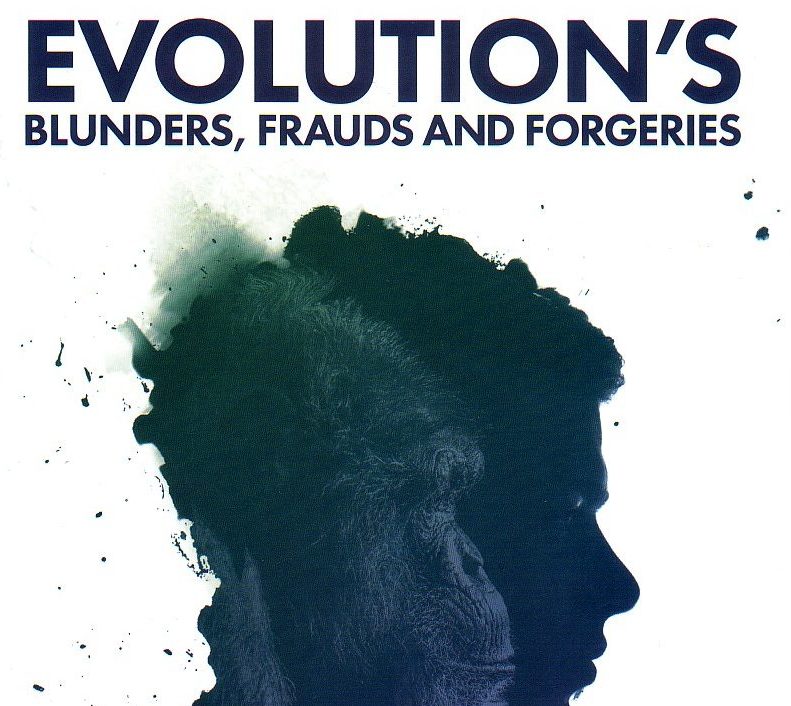A sign of the maturity of the creation science field is that books on a broader spectrum of topics have begun to appear. Excellent as titles are on such issues as dinosaurs and radiometric dating, it is nice to see some discussion of new issues. So it is then, that Dr. Jerry Bergman’s new book entitled Evolution’s Blunders, Frauds and Forgeries is certain to attract attention. Besides, the information contained therein is certainly fascinating.
Many of us have heard of the Piltdown Man fraud and the unmasking of that fraud which rocked the scientific world in 1953. However the story of how the events unfolded before that is very interesting. Since the deception was so obvious, it is a wonder that the scientific world allowed themselves to be deceived for more than 40 years. Similarly the 1922 ‘discovery’ of Nebraska Man which turned out to be an extinct pig, is also well known. However this book by Jerry Bergman also discusses many other astonishing examples of error or downright fraud.
The case of primitive living material supposedly in process of developing into early cells is quite amusing. Thomas Huxley announced in 1868 that some living “protoplasm” had been discovered in deep sea sediments. Many big name scientists of the time supported the identification and they kept extending the claims until Huxley in 1871 declared that this protoplasm occurred throughout the North and South Atlantic and Indian Oceans and probably throughout the whole surface of the earth. Eventually it was discovered that a chemical reaction in a sample bottle had caused a jelly-like form of a mineral to appear! It wasn’t living at all.
The astonishing thing that this book brings to light is that the list of errors and frauds is so long. Another interesting case involves Pithecanthropus alatus, an ‘ancestor’ of humans, described by Ernst Haeckel of Germany (famous for his fraudulent embryonic drawings – also discussed in the book). Concerning this human ancestor, Haeckel described many details of its appearance and lifestyle, all of which he imagined. Haeckel considered human descent from apes to be a proven fact, so there was no need to look for actual fossils or any other actual evidence!
The list of topics which Dr. Bergman discusses includes sexual selection, ape to human diagrams of the “great chain of evolutionary progress”, appearance of new species in one generation, conflicts over significance of various fossil finds, “primitive tools” made by “prehumans” and so on.
In every case Dr. Bergman demonstrates that a little critical evaluation of the situation would have revealed that the evolutionary claims made for each artifact were wrong. However it apparently suited the scientists (most of them very prominent names) to promote these evolutionary conclusions. In some cases the impact of illustrations based on fraudulent material continues to have an impact today. Haeckel’s drawings of animal and human embryos, all so apparently alike, have for generations convinced people of the reality of evolution. Similarly, the drawings of apes to ‘ape-men’ to humans is an image indelibly engraved on the minds of millions of people. It is certainly true that an image is worth a thousand words.
According to Dr. Bergman, the take-home message is the need to be critical consumers of information. Do not let yourselves be fooled by evolutionary conclusions. A good start in this agenda is to read this book in order to arm yourselves against errors and false claims, some made in former generations, some from the present. Dr. Bergman carried out research on this topic for two decades, so you can be sure that it is well-documented and interesting!
Jerry Bergman. 2017. Evolution’s Blunders, Frauds and Forgeries. Creation Book Publishers. pp. 320. Paper. Black and white illustrations.
Order Online
Margaret Helder
May 2018
Subscribe to Dialogue







